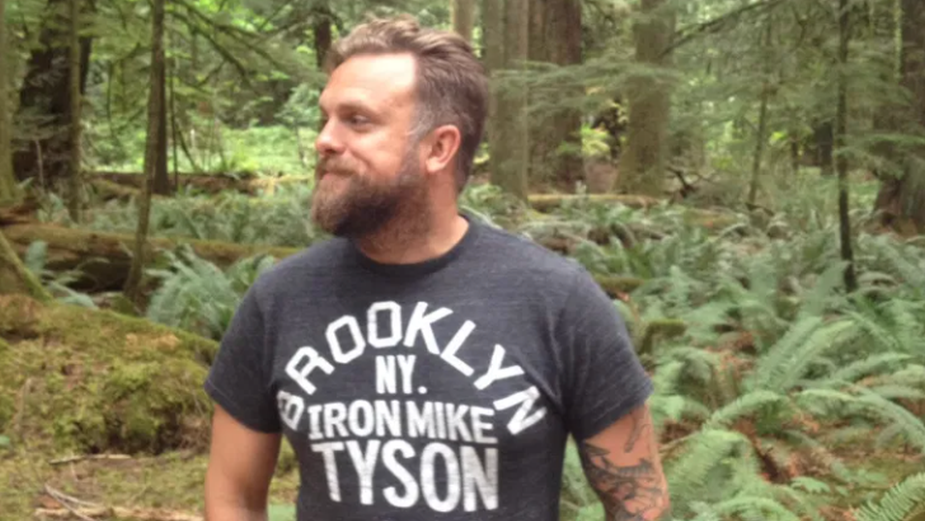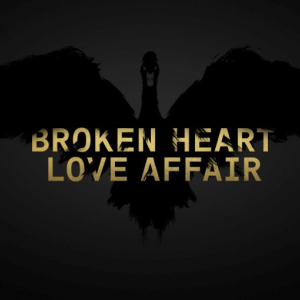
The Short Life of Quibi Offers a Lesson Long in the Making

Quibi lasted almost as long as one of its episodes. After raising $2 billion USD, the highly discussed celebrity-infused, short-form, mobile-first video platform, created by Jeffrey Katzenberg and helmed by CEO, Meg Whitman, is shutting down.
It’s never positive to see a company shutting its doors as the impact on the lives of people who worked there, particularly given the state of the world, cannot be quantified. However, we can learn from this moment as an industry. And we should. Because we were part of the problem.
Quibi was founded on a false premise that consumer attention is diminishing and that they demand shorter content. It’s not only misguided, it’s not true. Or, at least, it’s an oversimplification of reality. Advertising, marketing and entertainment experienced a significant dose of confirmation bias, rooted and reinforced in selective data and was propagated widely in agency talking points, parsed in articles and hailed at conferences, as we so often do when we celebrate the advent of new opportunity.
So, what went wrong? Well, for one, many forgot or ignored recent history. And, nobody asked any questions. Now is the time to ask those questions. Where did short-form online content come from and why? Did consumers demand digital short-form content, or did they simply accept it? And, if they accepted it, what are their expectations of it? Why are TikTok, Snapchat and Instagram so successful, but Quibi finished before it really started?
Many of you should remember that in the early days of online video, YouTube almost didn’t make it. The acquisition by Google provided the increasingly popular video up-start with the necessary servers, bandwidth, lawyers and capital to keep its success from crushing the business before it ever had a chance to sell ads. To assist in this process, restrictions were placed on length of content uploaded, ostensibly to curb costs. The entire premise of Silicon Valley is built on solving this one fundamental business problem with compression. Success in video online was and still is expensive, which is why YouTube still, to this day, has a cap of fifteen minutes per video for unverified accounts. Luckily growing video-based advertising spend is offsetting some of those costs as we have shifted from novelty to commonplace. Function defined form. Not just for YouTube, but for an array of new digital offerings. Twitter limited users to 140 characters, again not because people only wanted to write or read in short form, but because early tweets were sent through SMS and there was a technological limit on the characters. Twitter increased character limits to meet user demand.
At the same time consumers were happy to keep their data usage to a minimum. It was expensive, the devices didn’t handle the file sizes well, and the connectivity led to endless bouts of buffering. There was a quiet agreement, for a moment in time, between content creators, providers and consumers that benefitted all and restricted the file sizes by length not by resolution. Consumers would have gladly traded shorter run time for better resolution. And, almost as soon as this trilateral treaty had been reached, in came ubiquitous broadband and 3G wireless and we threw it out of the window. We wanted more. We wanted all of the video.
3G and wireless advancements brought us Vine, Snapchat, Instagram and now TikTok. Still, we all operated with quite a few of the technological limitations that define form. Phones weren’t quite there, data transfer was clunky, and data plans still presented a challenge. From the broadband revolution we were given Apple TV, Netflix, Amazon Prime, Disney+ and YouTube Live. Broadband presented far less technological challenges and opened up our world to always on, high quality, riveting stories. We ate it all up. We are consuming more video than we ever have as a population. We binge watch entire series in a weekend. Have movie marathons. We all do. Our kids have become professional TikTok dancers because they watch, mimic, re-watch and re-mimic every single move. They watch hours of Minecraft voiced over by someone they think is hilarious and we are still struggling to understand. Yet, quietly, in the dark corners of advertising, we interpreted all of this somehow to mean that consumer attention is decreasing and that everyone, especially younger kids, prefer shorter video rather than long. The industry focused on the unicorns and the incredibly sexy tales of billionaires born overnight. And, in the process, focused on the what, not the why. TikTok is successful because it is ‘bite-sized’ pieces of content. Instagram the same. Snapchat, short. Wrong, wrong and wrong.
Why TikTok, Snapchat and Instagram Stories are so successful has nothing to do with the length and everything to do with their benefit. First, the possibility of 15 minutes of fame. I can be a TikTok star like Charli D’Amelio, my niece’s favourite. Or, the possibility that I will be seen, recognised and loved by others. Secondly, it brings me closer to celebrities, on a personal level. I can affect them directly and they will possibly recognise my existence, as well. And, for a generation born into a world of self-promotion, this is nirvana. In this world, they ignore quality for opportunity. Outside of the social space and into the world of entertainment content, our expectations shift, as does the benefit. We get pulled into incredibly imaginative worlds of the likes of GOT and Stranger Things. We see ourselves, lose ourselves and transport our mundane lives. Our expectations rise with every great show. We want more, we want it faster and we want it to be better than the last. We want to waste away the hours and never lose that feeling. It’s a drug that we chase.
Quibi offered the worst of both worlds in an attempt to chase a trend that was not as much of a trend as it was a forced reality and market. They featured high quality content that was short enough to start getting interesting, but also short enough to be irritating. They offered celebrities, but celebrities who were off limits and unreachable. Quibi caught the tail end of the 3G and 4G world and didn’t look ahead to what 5G provided, which is essentially what we have experienced in broadband in our homes on our phone. They had an opportunity, the people and the money to bring together all consumer benefits into one experience. But, they bought the observation. The collective wisdom. The lie that the industry told itself to sell more ads and to appear ahead of the curve. And that is the lesson that we should all learn from this. To focus less on the what, dig into the why and question the general assumptions of an industry that is simply focused on the now while easily forgetting our recent past, even though many of us lived through it.
Jay Chaney is partner and chief strategy officer at Broken Heart Love Affair













